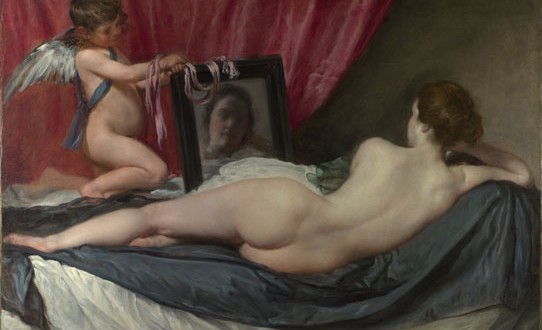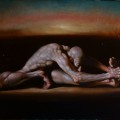Recently, Leena McCall’s Portrait of Ms Ruby May, Standing was removed from the Mall Galleries after being deemed ‘disgusting’ and pornographic’. It’s certainly not the first time an artistic work has been removed from the public eye for similar reasons and, sadly, I doubt it will be the last. While a lot of recent controversy over the ‘what is art’ question and whether ‘artworks’ should remain in the public domain has been aimed at newer forms of art such as video games and film, it’s interesting to see that these fears still have yet to be allayed with such a traditional form as oil painting.
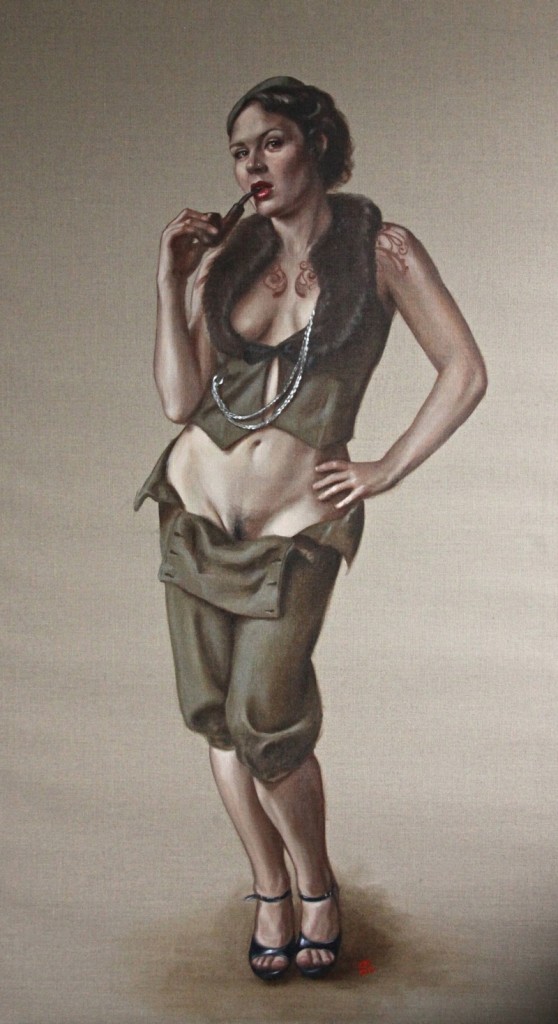 When I first saw the article on McCall’s painting, my immediate thoughts were ‘Demystify the fanny! Uncover the cock! Explicate on the buttocks!’ If we keep kids from seeing the human body post-puberty, what will they think when they finally experience it themselves? By protecting and sheltering our children from human forms and sexuality, are we necessarily implanting them with a kind of fear and sense of shame related to their bodies, nudity, and sexuality? Wouldn’t we all be mentally healthier if our bodies and sex wasn’t relegated to the dark corridors, and spoken about openly, honestly, without prejudice or shame?
When I first saw the article on McCall’s painting, my immediate thoughts were ‘Demystify the fanny! Uncover the cock! Explicate on the buttocks!’ If we keep kids from seeing the human body post-puberty, what will they think when they finally experience it themselves? By protecting and sheltering our children from human forms and sexuality, are we necessarily implanting them with a kind of fear and sense of shame related to their bodies, nudity, and sexuality? Wouldn’t we all be mentally healthier if our bodies and sex wasn’t relegated to the dark corridors, and spoken about openly, honestly, without prejudice or shame?
If you continued to read The Guardian article, something even worse comes to light. McCall’s piece was removed only to be replaced by a ‘less provocative nude’ – ‘It seems the Mall Galleries’ clientele can cope with nudes, so long as the model is a more passive and unthreatening recipient of the wandering viewer’s gaze.’ There are two important issues at work here: one is the question of what is art and another is an issue surrounding female sexuality and its impact on perceptions of artistic merit.
What is art?
It should come to no surprise to anyone that the question of ‘what is art’ is not a new one. Countless philosophers over the centuries have tackled this question and largely come up with a whole lot of nothing. That’s not to say that they never came up with any theories, but none of them have really proven to be the answer to our problems.
Theories of art include: the family resemblance view (does it resemble other artworks?), the significant form theory (does it create an experience of aesthetic emotion in the experiencer?), the idealist theory (the art is never truly formed, but always remains in the artist’s mind; art is created for no purpose), the institutional theory (it is art if an institution deems it to be), and so on. Obviously, none of these theories are adequate. Then you start to bring in questions around the intentions of the artist and the value of forgeries (you should read Brandon Sanderson’s novella The Emperor’s Soul for an interesting take on forgeries and the artistic merit of such things).
Context is key
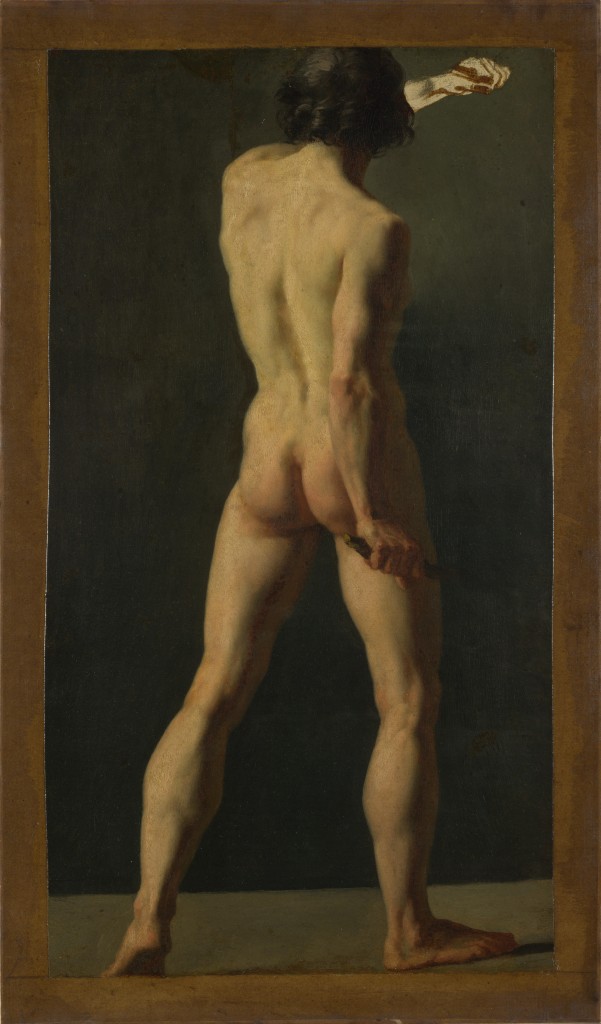 I remember back in high school, my progressive English teacher had us read aloud texts with a lot of swear words. I’m sure on some level he wanted us to learn how to say things like ‘cock’ without blushing and giggling, but there was another important lesson he was teaching us: reading a text aloud that uses a swear word is alright, but using that same word to attack another human being is not. Context was our watchword.
I remember back in high school, my progressive English teacher had us read aloud texts with a lot of swear words. I’m sure on some level he wanted us to learn how to say things like ‘cock’ without blushing and giggling, but there was another important lesson he was teaching us: reading a text aloud that uses a swear word is alright, but using that same word to attack another human being is not. Context was our watchword.
The same is true of pornography and art. If someone had a strange attraction to the Mona Lisa and surreptitiously brought the image of her half-smiling up on their laptop when they were alone, rubbing one out in private, would that remove the Mona Lisa’s status as art? Would it alter its status to pornography just in that instance? Or is it still art and just really weird that someone would get off on it? Perhaps that is taking the argument into absurdity, but my point is this: everyone views things in different ways, one man’s trash is another man’s treasure just like one person’s art is another’s pornography.
What is pornography?
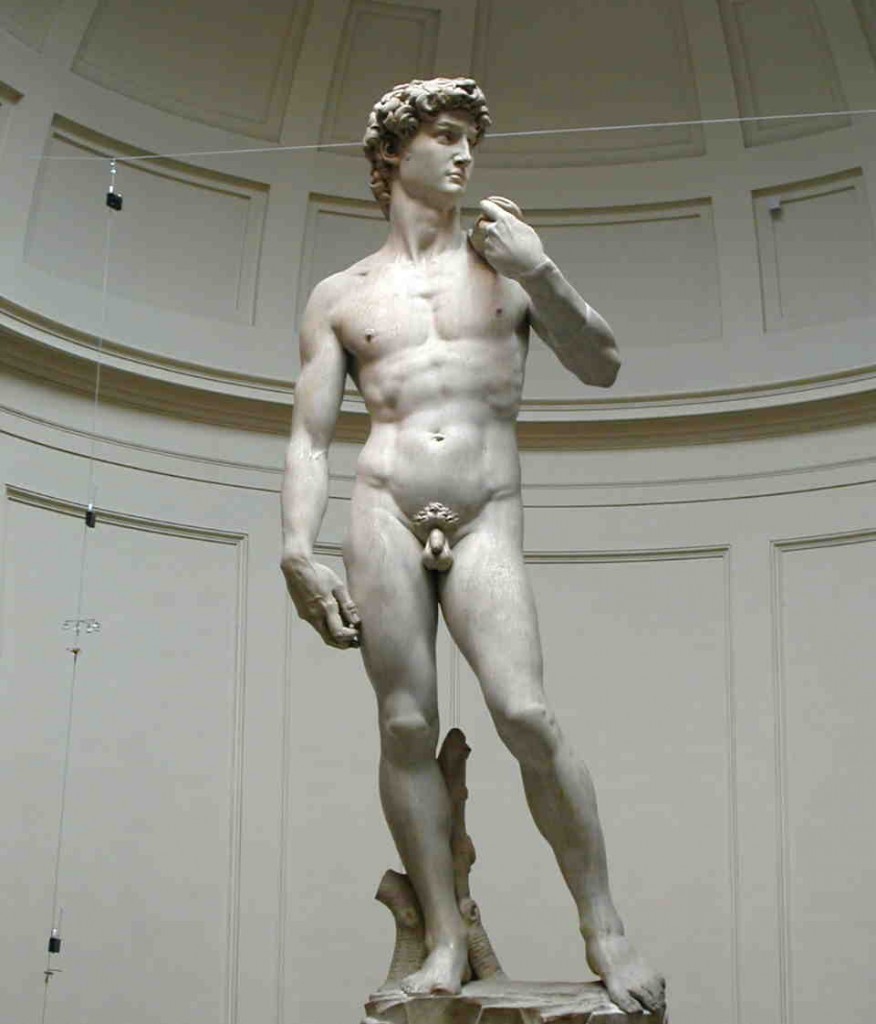 So, my question then becomes this: what is pornography? It appears to be content that is intended to sexually arouse. This is a fairly simple concept, but not one I think is necessarily mutually exclusive of art. I don’t know about you, but the sculpture of the David is certainly sexually arousing, that man’s bottom is glorious! Is it pornography? I doubt it (of course, then we’d end up bogged down in intentional arguments – did Michelangelo intend for us to be sexually aroused by his sculpture?). But even if it were, that doesn’t mean it isn’t art.
So, my question then becomes this: what is pornography? It appears to be content that is intended to sexually arouse. This is a fairly simple concept, but not one I think is necessarily mutually exclusive of art. I don’t know about you, but the sculpture of the David is certainly sexually arousing, that man’s bottom is glorious! Is it pornography? I doubt it (of course, then we’d end up bogged down in intentional arguments – did Michelangelo intend for us to be sexually aroused by his sculpture?). But even if it were, that doesn’t mean it isn’t art.
The bulk of pornography consists of poorly photographed nudes or abysmally scripted and ‘acted’ films. However, I believe that they would still qualify as art – bad art, definitely, but still art. Would I have them on display at an art gallery? Why not?! Art, like beauty, is in the eye of the beholder. If you don’t like a piece of art, that’s perfectly legitimate, but other’s might – so don’t censor it. Just move on, look at the next curated piece or visit a different gallery. That’s your choice – but don’t make choices for everyone else.
The female factor
I have always thought it was unfair that men were allowed to walk around topless but women weren’t (and seriously, why do men in England feel they must be shirtless if it is over 14 degrees?!). I don’t think I’d want to walk around without a top, I mean, skin cancer on my breasts? No thanks! This inequality carries over to the artistic world as well. There are many examples of provocative images of men in popular art – instead of claiming that it is pornography, critics are far more likely to look at the intention of the artist, to understand what the piece is trying to say. So why is a provocative woman captured in a piece of art so abhorrent?
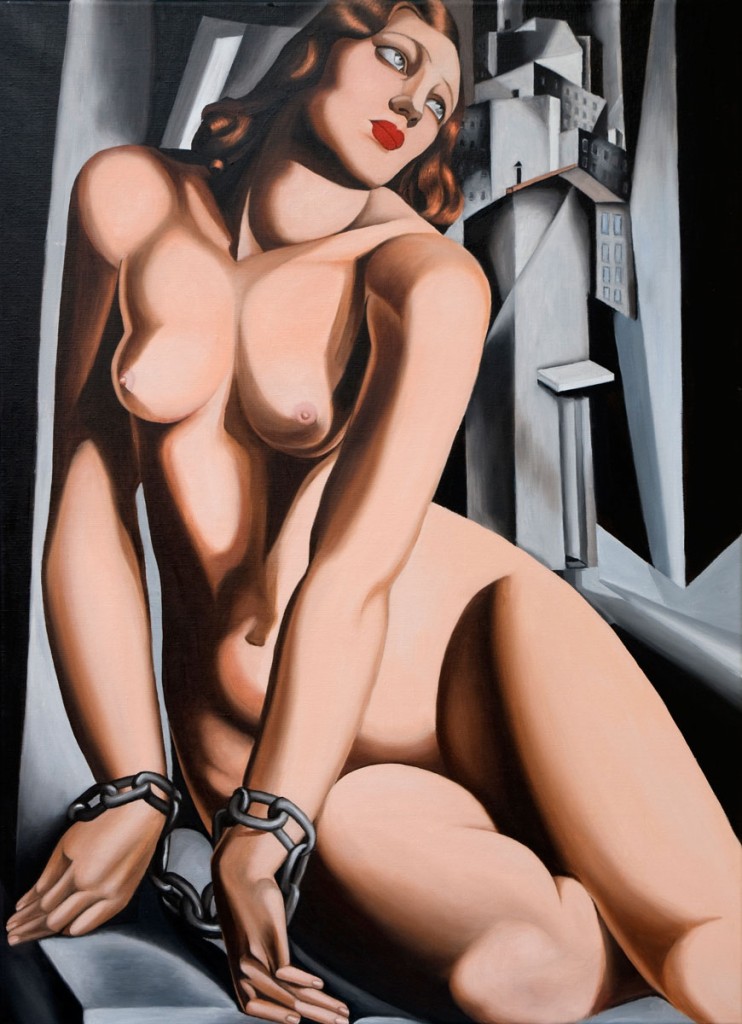 Perhaps I’m wrong, but it still feels like there is an embedded social fear of female sexuality and genitalia. Even the obsession with hairlessness is part of it – removing the natural appearance of it is a way for society to control that aspect of a woman’s sexuality.
Perhaps I’m wrong, but it still feels like there is an embedded social fear of female sexuality and genitalia. Even the obsession with hairlessness is part of it – removing the natural appearance of it is a way for society to control that aspect of a woman’s sexuality.
Even the stripping industry has an inequality to it – while female strippers and strip clubs for men have seedy connotations to them, male strippers and groups of women going out to see male strippers are looked on more as a fun night out. If The Full Monty was about a group of women taking their clothes off, would it still be so fun? Sure, there was Calendar Girls, but their pictures were tasteful – never fully nude.
I am truly mystified by all of this – why is a woman’s sexuality so much more threatening than a man’s? If McCall’s painting was of a man in exactly the same position, would it have been deemed pornographic? What is the root of the difference? Call me naïve, but I really don’t understand the difference, nor do I understand why our society is still censoring art and pornography. Shouldn’t we have moved past this by now? If the greatest minds of the past few centuries have been unable to nail down what art is, how can we possibly claim to have a true understanding?
The definition of art is not something tangible. Before you write something off as not art or say it has no artistic merit, ask yourself why, and what it is you think it is lacking. Meanwhile, before you claim that something is vulgar or pornographic, stop to think about why you think so. Is it really a problem with the piece itself or is it part of your own prejudices. If the piece depicted a man in place of a woman, would you feel the same way? It is perfectly acceptable for you to hold your own opinions, I’d just like to ask everyone to think about why they are coming to those conclusions. Perhaps if we all start to question the why’s, we won’t be so quick to dismiss others.
 Pop Verse Pop Culture Universe
Pop Verse Pop Culture Universe
